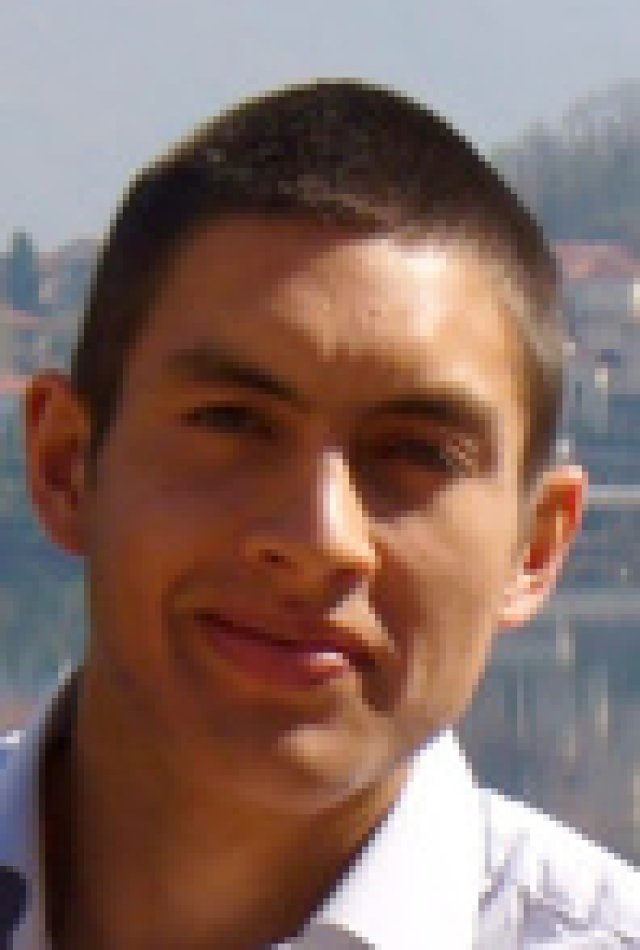Mark Laver
University of Birmingham
Abstract: A major challenge to fusion reactor operation is the design of plasma-facing materials able to withstand high temperatures, high neutron fluxes and plasma discharges. Much research is yet to be done in optimizing alloy compositions and establishing manufacturing methods for structural components. An initial bottleneck is the lack of neutron irradiation facilities to simulate damage in fusion reactor operation.
Here we present recent results from our study on pure tungsten, the present material of choice for the ITER divertor. To simulate fusion neutrons, samples were irradiated with 15 MeV protons using the cyclotron facility at the University of Birmingham, UK. The depth-dependent irradiation damage was characterized using small-angle neutron scattering (SANS). The wider implications of this multichannel study for other nuclear materials are discussed.

Received his PhD in condensed matter physics from the University of Birmingham under the supervision of Professor Edward Forgan in 2007. Subsequently he worked as a beamline scientist at the NIST Center for Neutron Research (NCNR) in Gaithersburg, USA, where he was part of a team responsible for the NCNR’s suite of small-angle neutron scattering (SANS) instruments.
In 2009 he moved to the Paul Scherrer Institut, Switzerland, where he was co-responsible for the cold neutron triple-axis spectrometer RITA-II, in a position funded by the Niels Bohr Institute, Copenhagen and the Technical University of Denmark.
In 2013 Mark returned to Birmingham to accept a Birmingham Fellowship and take up a positions as a Senior Lecturer in the School of Metallurgy and Materials.
His current research activities are centred on the understanding and development of functional materials, including nuclear materials for fission and fusion applications. He is an expert on techniques at large-scale facilities (neutrons, X-rays, muons) with much of his research employing advanced scattering techniques. These include a range of experimental and associated analytical tools such as reverse Monte Carlo refinement, numerical simulations, neutron polarisation analysis, time-resolved ‘pump-probe’ studies of kinetics, and anomalous X-ray scattering.
He serves on a number of committees and advisory panels at international facilities, including Oak Ridge National Laboratory, the Institute Laue-Langevin research reactor in France and the new European Spallation Source for neutrons, planned for construction in Sweden.
Email: m.laver@bham.ac.uk